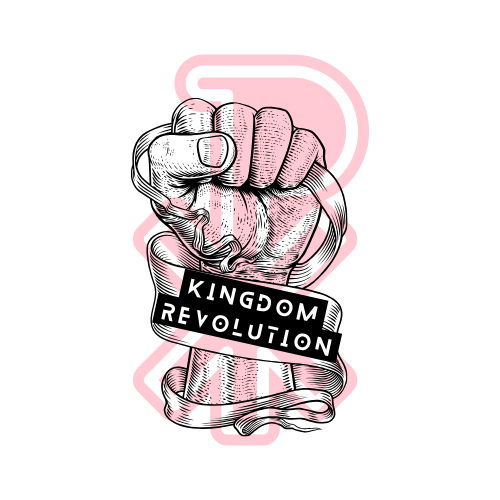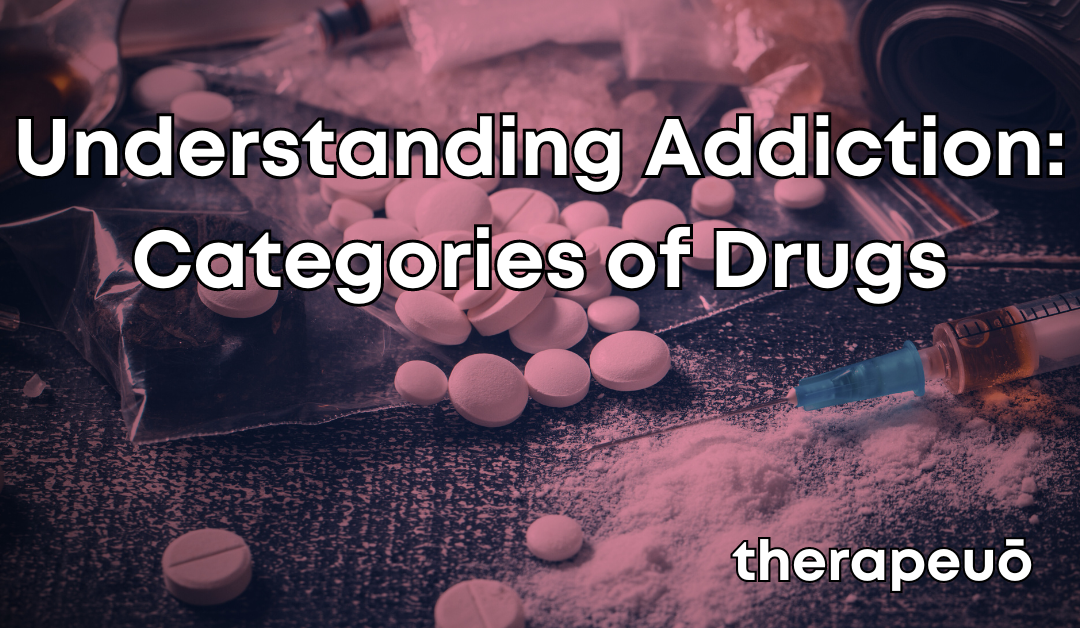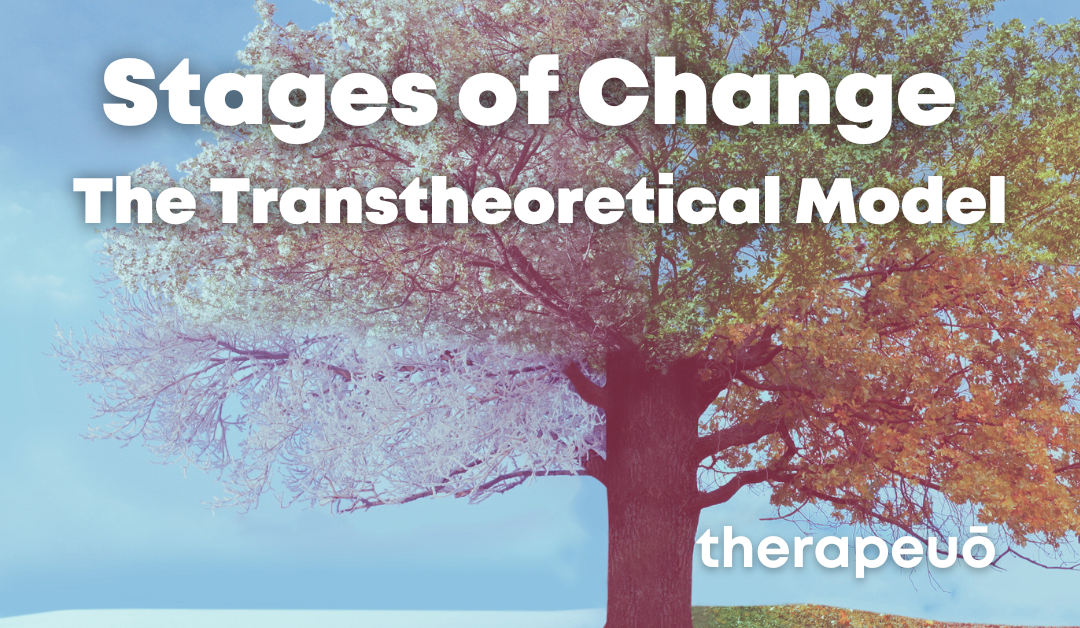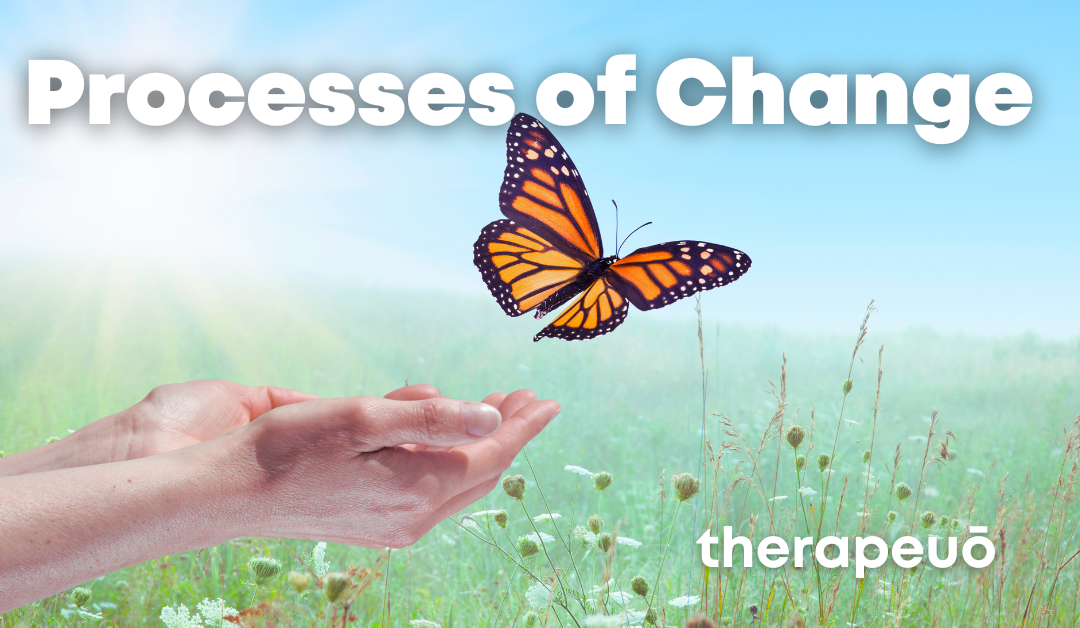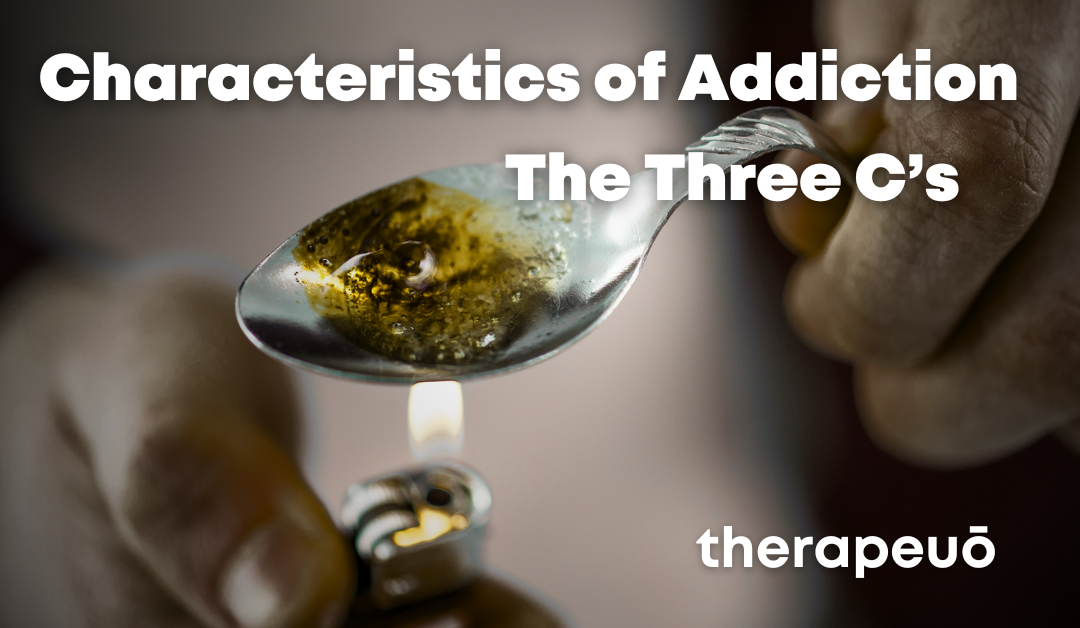Change does not happen over night – it is usually a process.
Developed by Prochaska, Di Clemente and colleagues first proposed the Transtheoretical model in the late 1970’s and drew from various theories and schools of psychotherapy. It evolved as they studied and compared the experiences of smokers who quit on their own and those who required further treatment. It was an attempt to understand why certain individuals were capable of quitting on their own.
In the end it was established that people quit smoking when they are ready to do so.
The Transtheoretical Model focuses on the processes and stages involved in the decision making of the individual. It can be seen as a model of intentional change.
The assumption is that people do not just wake up one morning and change behaviors or thinking patterns – there is no quick fix and decisions often take some time. Change occurs, especially in terms of habitual behaviour, over time through a continuous, cyclical process.
The Transtheoretical Model, or TTM, has proven effective in helping with smoking cessation, treatment of alcohol abuse and the reduction of domestic violence. It has also been used to encourage compliance in hypertension mediation, and in regards to condom use under at risk populations, organ donation and needlesharing.
This model is highly adaptable and therefore has been used in a variety of settings. It can be adapted to the needs of the individual.
It is used by health promotion organizations, hospitals, addiction programs and corporate settings. TTM is considered the dominant model in the field of behaviour change, although it has received some criticism. These criticisms do seem to be more in regards to the more practical applications of the model, but for our purposes – that is to understand the decision making process of the addict or alcoholic, it proves sufficient.
The model relies on four key core constructs, self-efficacy, decisional balance, the stages of change and the processes of change.
For an individual to progress through the changes of stage the following needs to happen:
Self-Efficacy – The individual must have confidence that they can in fact make and maintain the change in situations where the temptation of relapse exists.
Decisional Balance – the individual must have a growing awareness that the advantages of the target behavior outweigh the disadvantages thereof.
Processes of Change – Strategies to help the individual make and maintain the change.
Stages of Change
In the Transtheoretical model change is considered a process involving progress through various stages. (Prochaska, 1997)
This means an individual will move from one stage to the next until action is eventually taken and maintained. Although researchers have tried to quantify this progression in terms of a time-frame it is often the most critiqued facet of the model. Because some individuals can take longer in making a decision, or act quicker, it is near impossible to accurately put a time-frame to the process.
The Stages of Change as proposed by Prochaska are:
- Precontemplation (“not ready”) – “People are not intending to take action in the foreseeable future, and can be unaware that their behaviour is problematic”
- Contemplation (“getting ready”) – “People are beginning to recognize that their behaviour is problematic, and start to look at the pros and cons of their continued actions”
- Preparation (“ready”) – “People are intending to take action in the immediate future, and may begin taking small steps toward behaviour change”
- Action – “People have made specific overt modifications in modifying their problem behaviour or in acquiring new healthy behaviours”
- Maintenance – “People have been able to sustain action for at least six months and are working to prevent relapse”
- Termination – “Individuals have zero temptation and they are sure they will not return to their old unhealthy habit as a way of coping”
The Preparation and Termination stages were originally excluded but added later, and relapse was originally considered one of the stages as well, but later came to be a return from Action or Maintenance to an earlier stage.
Prochaska and his colleagues concluded that interventions to change behaviour are more effective when they are ‘stage-matched’ – that is to say, appropriately matched to the individual’s stage of change.
Self-Efficacy
Self-Efficacy can be described as “the situation-specific confidence people have that they can cope with high-risk situations without relapsing to their unhealthy or high risk-habit”. (Prochaska, 1997)
According to Bandura self-efficacy refers to an individual’s belief in his or her capacity to execute behaviors necessary to produce specific performance attainments (Bandura, 1977, 1986, 1997).
It affects every area of human endeavour. It determines the beliefs we hold regarding our power to affect or change situations – and therefore influences the power a person has to face challenges competently as well as the choices we are likely to make.
Individuals with a strong sense of self-efficacy tend to see challenges in life as something to be mastered – eg. grabbing the bull by the horns – rather than a threat to avoi, or rather, running away from the “bull” altogether.
A strong sense of self-efficacy leads to a more positive outlook on life, fosters a sense of accomplishment and a better sense of personal well-being. People with a high level of self-efficacy are more resilient and recover from failure easier. They tend to handle setbacks like molehills rather than mountains. They are also more likely to attribute failure to a lack of effort, approaching even threatening situations with a belief that it is within their control. These characteristics have been linked to lower levels of stress and lower vulnerability to depression.
People with lower levels of self-efficacy tend to lose faith in their own abilities after failure or a setback. They tend to look at the skills they don’t have rather than the skills they do have, and difficult tasks are often taken as personal threats and avoided.
Self-efficacy plays a role in our decision making process – it determines whether or not we are ready to take action to facilitate the necessary change in our lives.
Higher levels of self-efficacy do not necessarily imply success – for example, the student who believes he is ‘good at languages’ and can be described as over-efficacious will be likely to study less and even fail in an academic setting. Where self-efficacy is important is not in its ability to lead to success, but to change.
Greater levels of self-efficacy lead to greater changes in behaviour.
It measures the confidence a person has to act and change a harmful or problem behaviour.
Decisional Balance
Decisions are not always simple and easy. There might be a lot of things to consider – one desicion could have both positive and negative impacts on your life.
Irving Janis and Leon Mann introduced the phrase ‘decisional balance sheet’ in 1959 and used the concept to look at decision making. It was later used by Prochaska in the development of TTM and suggested that, in general, for people to succeed at changing their behavior, the advantages of the change should outweigh the disadvantages before they move from Precontemplation to the action stage.
In TTM the Decisional Balance sheet is not only an informal measure of readiness for change but also an aid for decision making.
When dealing with an alcoholic, for example, the concept of decisional balance can lead to personal insight. Asking the alcoholic what they might see as the pros of drinking versus the cons is often more effective than bluntly asking them to think about the negative aspects of the problem behaviour as this might foster psychological resistance later in treatment.
In weighing the pros and cons of a behaviour, or future change, we are forced to really examine what would be best for us and the ideal self we are striving towards.
The more the advantages outweigh the disadvantages the more likely the individual is to make the necessary change.
It is therefore then counselors job to help the client understand the pros and the cons of a decision and lead them to action to quit, replace or abstain from harmful behaviour and engage in more positive behaviour.
As the individual moves through the different stages of change we see a gradual change in attitude before the person acts. Most of the processes of change are aimed at evaluating and reevaluating as well as reinforcing specific elements of current and target behaviors.
Processes of Change
Defined as the covert and overt activities and experiences that those attempting to modify problem behaviors engage in, the processes of change are broad categories encompassing multiple techniques, methods and interventions.
For example Stimulus Control which is the control of situational and other triggers which might cause relapse includes multiple interventions such as adding stimuli that encourage alternative behaviors, restructuring the environment, avoiding high risk cues, or fading techniques.
As with the rest of the model, the processes are drawn from various disciplines and theories and adapted to the individual.
Although there were only 10 processes originally, as proposed by Prochaska et al, helath researchers have extended the original with 21 additional processes.
The original 10 are outlined below:
-
Consciousness-raising (Get the facts)
-
Dramatic relief (Pay attention to feelings)
-
Self-reevaluation (Create a new self-image)
-
Environmental reevaluation (Notice your effect on others)
-
Social liberation (Notice public support)
-
Self-liberation (Make a commitment)
-
Helping relationships (Get support)
-
Counterconditioning (Use substitutes)
-
Reinforcement management (Use rewards)
-
Stimulus control (Manage your environment)
These processes are used by those wanting to effect change in their lives in various ways and in various combinations, adapted to the individual.
As a whole, drawing from a multitude of theories, schools of thought and approaches to therapy, the Transtheoretical Model provides us with a framework to not only understand the driving factors behind decision making and change, but also a place from which to offer hope and encouragement towards a new way forward.

